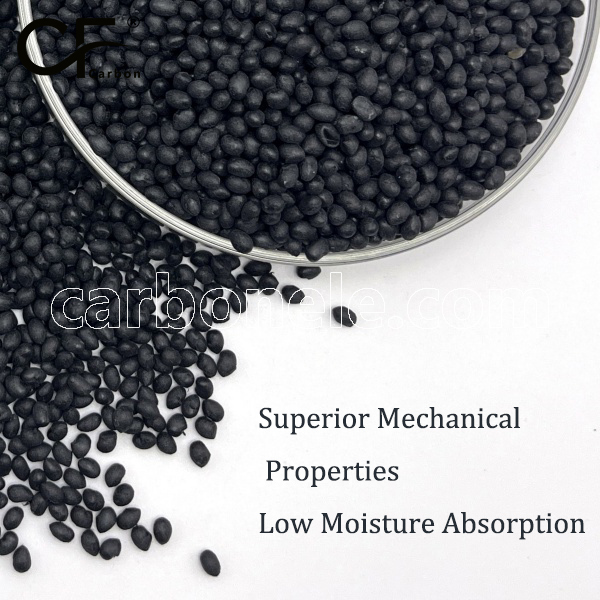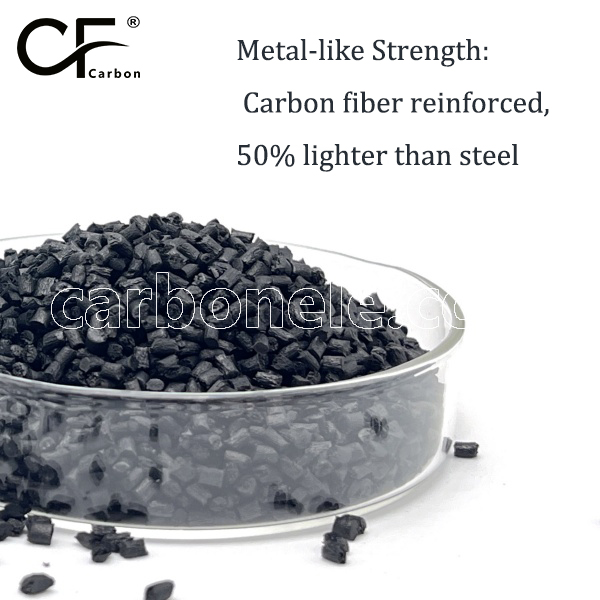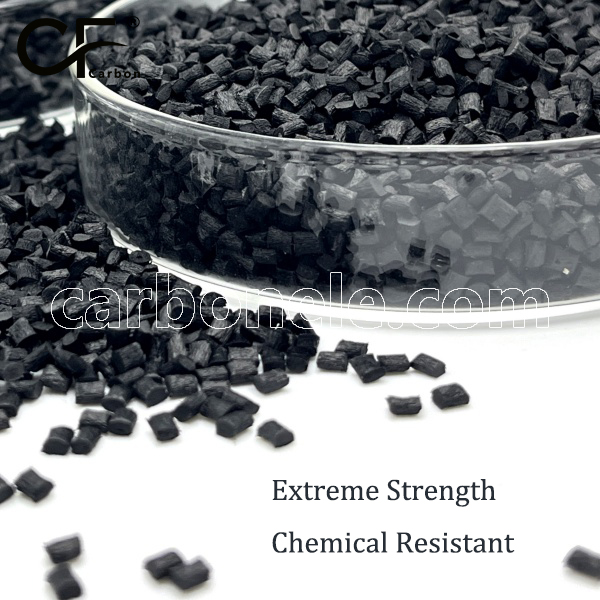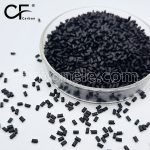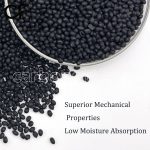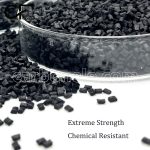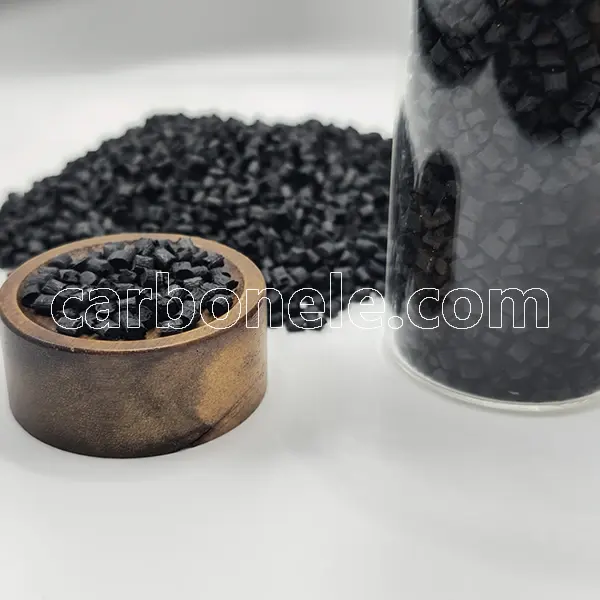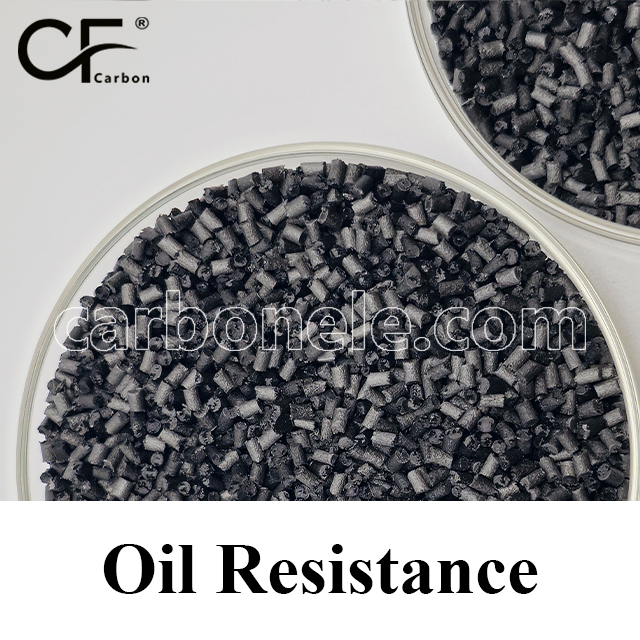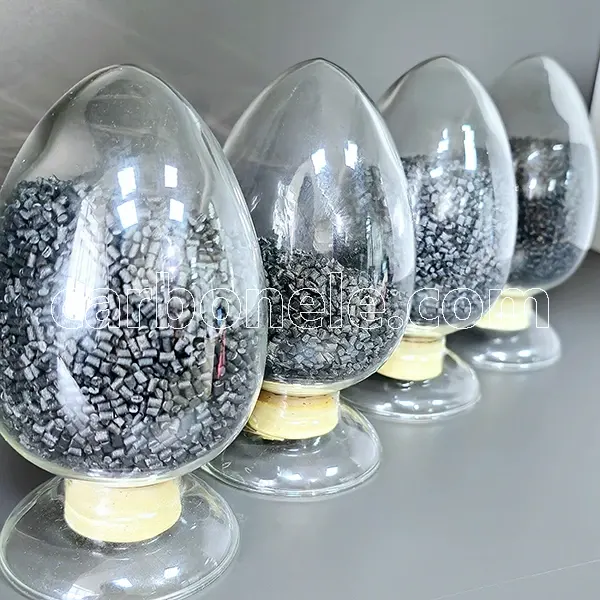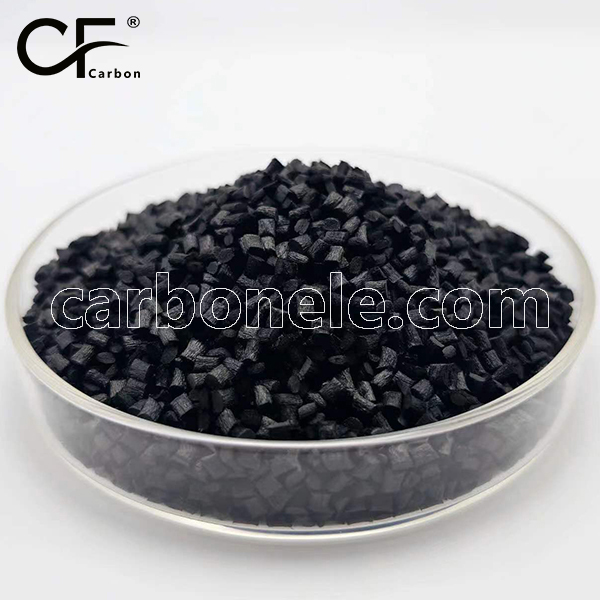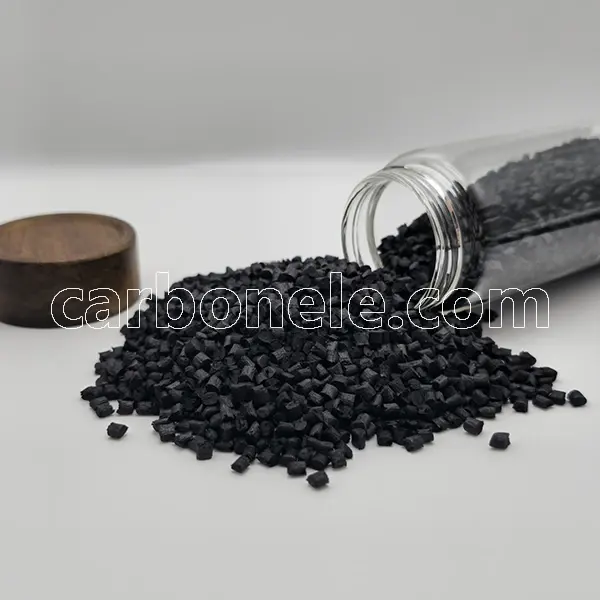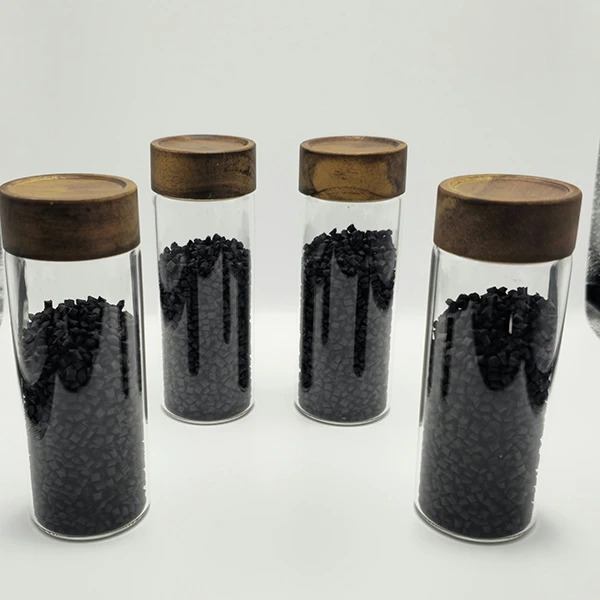The friction coefficient of MXD6-CF is lower than that of unreinforced MXD6 due to the presence of carbon fiber, which enhances wear resistance and reduces surface friction. While pure MXD6 already offers good mechanical properties and moderate friction characteristics, the addition of carbon fiber in MXD6-CF significantly improves its tribological performance, making it more suitable for high-wear applications. This reduction in friction helps minimize material degradation, lower energy loss, and extend the lifespan of components in demanding environments.

Durable UAV Landing Gear: Crafted from MXD6-CF20 Nylon.
Discover MXD6-CF20 nylon, the high-performance material engineered for durable UAV landing gear. Offering superior strength, impact resistance & environmental stability for demanding applications.
- Model number: MXD6-CF-BCA2
- Matrix Resin: Meta Xylylene Diamine Polyamide 6 (MXD6)
- Reinforcing Filler: Carbon fiber
- Appearance: Granules
- Grade: Injection/extrusion grade
- Packaging: 25kgs/bag
Strength between MXD6 and MXD6-CF
MXD6 offers a balanced combination of mechanical performance, dimensional stability, and processability, with higher tensile and flexural strength compared to standard engineering thermoplastics. Its low moisture absorption enhances stability in varying environments, while carbon fiber-reinforced variants provide even greater stiffness and wear resistance. MXD6 serves as a versatile material, ideal for applications requiring high strength and durability without excessive rigidity.
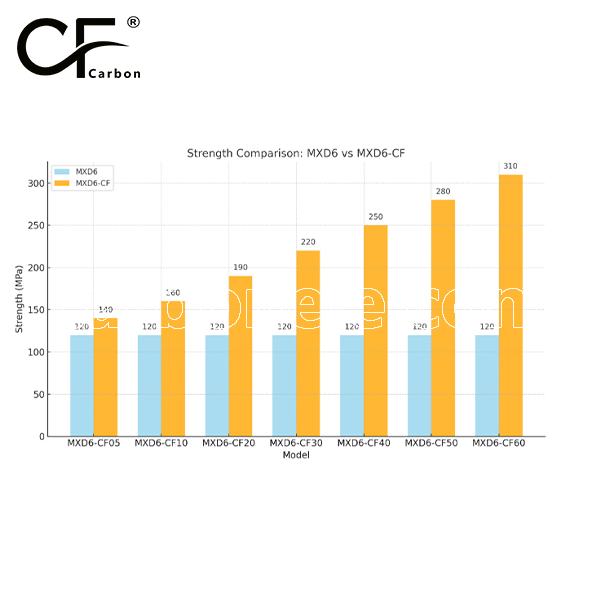
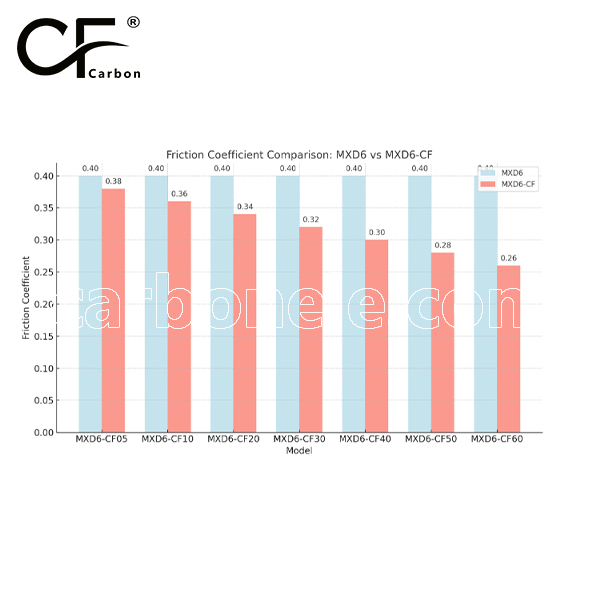

Frequently Asked Questions
Carbon (Xiamen) New Material Co., Ltd. aims to provide buyers with "one-stop" worry-free high-quality services. Here you can find all information about carbon fiber engineering plastics. If you still have questions, please send us an email for consultation!
-
How can I contact the manufacturer of a product that interests me?
When you find a product you are interested in, you can contact the manufacturer directly by sending an email and we will get back to you as soon as possible.
-
How do I find the products that interest me?
All you need to do is enter the keyword, product name in the search window and press the Enter key on your keyboard. Your search results page will then be displayed. You can also search within the product category pages on the home page. Each category is divided into subcategories, allowing you to refine your search and find products that interest you.
-
Where will I find a buying guide?
Please contact our after-sales service directly and we will provide you with a comprehensive operating guide.
-
What are CF Reinforced Thermoplastic Composites?
CF Reinforced Thermoplastic Composites are materials where carbon fibers are incorporated into a thermoplastic matrix. They combine the strength and stiffness of carbon fibers with the processability and recyclability of thermoplastics. For instance, they are used in automotive parts like bumper beams.
-
What are the benefits of CF Reinforced Thermoplastic Composites over traditional composites?
The key benefits include faster production cycles, easier recyclability, and better impact resistance. They also offer design flexibility. An example is in the manufacturing of consumer electronics casings where complex shapes can be achieved more easily.
-
How are CF Reinforced Thermoplastic Composites processed?
Common processing methods include injection molding, extrusion, and compression molding. Injection molding is widely used for mass production. For example, in the production of small components for the medical industry.
-
What industries use CF Reinforced Thermoplastic Composites?
They are utilized in aerospace, automotive, medical, and sports equipment industries. In aerospace, they can be found in interior components. In the medical field, they might be used in prosthetics.
-
How does the carbon fiber content affect the properties of the composites?
Higher carbon fiber content generally leads to increased strength and stiffness but may reduce ductility. A moderate content is often balanced for specific applications. For example, a higher content might be preferred in structural parts of a race car.
-
What are the challenges in using CF Reinforced Thermoplastic Composites?
Challenges include higher material costs, complex processing equipment requirements, and ensuring uniform fiber dispersion. Issues with adhesion between the fibers and the matrix can also arise. An example is in achieving consistent quality in large-scale production.








